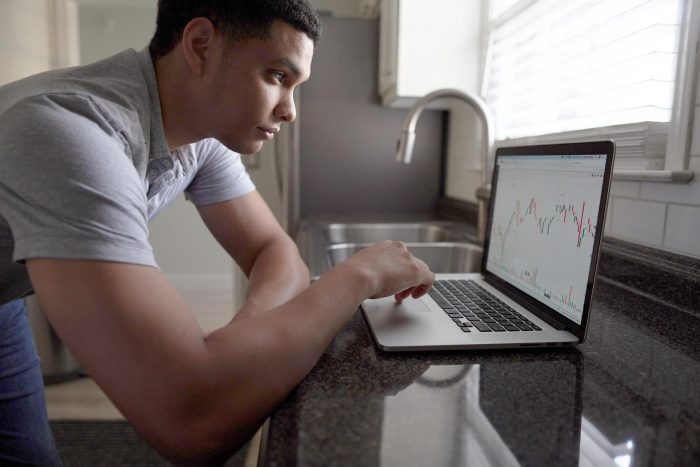By Leah S. Dunaief

Maybe it sounds like I’m tooting our horn too much, but I have to say how proud I am of the columnists who write for our papers and website. They are clearly bright and offer the reader information and knowledge that aren’t usually found even in a big metro daily or a glossy magazine. They are, collectively and individually, one of the main reasons our hometown newspapers have managed to survive while so many of our colleagues, 25% of them in the nation, have had to shut their doors.
Readers want to learn from our regular columnists, who, by the way, are local residents. That’s not surprising, though, because the population we serve is exceptional, accomplished in their own right, and can be expected to harbor such talent. Let me explain.
The columnists are found in the second section of the newspaper, called Arts & Lifestyles. In the interest of full disclosure and without false modesty, I point out and salute my youngest son, Dr. David Dunaief. He is a physician totally committed to helping his patients, and the high regard is returned by them in equal measure, as testimonials about him confirm. In addition, he writes every week about current medical problems and brings readers up to date with the latest research and thinking regarding common ailments. I know him to be a voracious reader of medical journals and he footnotes his sources of expertise at the end of every “Medical Compass” column.
Dr. Matthew Kearns is a longtime popular veterinarian who writes “Ask the Vet,” keeping our beloved pets healthy. Michael E. Russell is a successful, retired financial professional who cannot cut the cord with Wall Street, and shares his thoughts on the economy and suggesting current buys on the stock market. He will also throw in something irreverent, or even askance, to keep you tuned in.
Also writing knowledgeably on the contemporary scene about finance and the economy is Michael Christodoulou, who is also an active financial advisor. Ever try to read your auto insurance policies? If I had trouble falling asleep, they would knock me out by the second paragraph. Enter A. Craig Purcell, a partner in a long-established local law firm, who is attempting to explain auto insurance coverage, a merciful endeavor, with his column. His words do not put me to sleep. Shannon Malone will alternate the writing for us. Michael Ardolino, a well-known realtor, somehow manages to make both ends of a real estate transaction, for buyers and sellers, sound promising at this time.
Our lead movie and book reviewer is the highly talented Jeffrey Sanzel. In addition to being a terrific actor, he is a gifted writer and almost always feels the same way about what he is reviewing as I do. No wonder I think he is brilliant. Father Frank has been writing for the papers for many years and always with great integrity and compassion.
John Turner, famous naturalist and noted author and lecturer, keeps us apprised of challenges to nature. This is a niche for all residents near the shorelines of Long Island. He also writes “Living Lightly,” about being a responsible earth dweller. Bob Lipinski is the wine connoisseur who travels the world and keeps us aware of best wines and cheeses.
Lisa Scott and Nancy Marr of the Suffolk County League of Women Voters, keep us informed about upcoming elections, new laws and important propositions. Elder law attorney Nancy Burner tells us about Medicare, estate planning, wills gifting, trustees, trusts and other critical issues as we age.
The last columnist I will mention is Daniel Dunaief, who, like bookends for my salute, is also my son. Among several other articles, he writes “The Power of Three,” explaining some of the research that is performed at Stony Brook University, Brookhaven National Labs and Cold Spring Harbor Laboratory. He makes a deep dive into the science in such a way that layman readers can understand what is happening in the labs. He has been paid the ultimate compliment by the scientists for a journalist: they pick up the phone and willingly talk to him, unafraid that he will get the story wrong or misquote them. In fact, he has been told a rewarding number of times by the researchers that his questions for the articles have helped them further direct their work.
When my sons began writing for TBR News Media, a few readers accused me of nepotism. I haven’t heard that charge now in years.
P.S. Of course, we can’t forget Beverly C. Tyler and Kenneth Brady, stellar historians both.



 If you receive Social Security, you’ve probably already heard that your checks in 2023 will be bigger — considerably bigger, in fact. How can you make the best use of this extra money?
If you receive Social Security, you’ve probably already heard that your checks in 2023 will be bigger — considerably bigger, in fact. How can you make the best use of this extra money?












